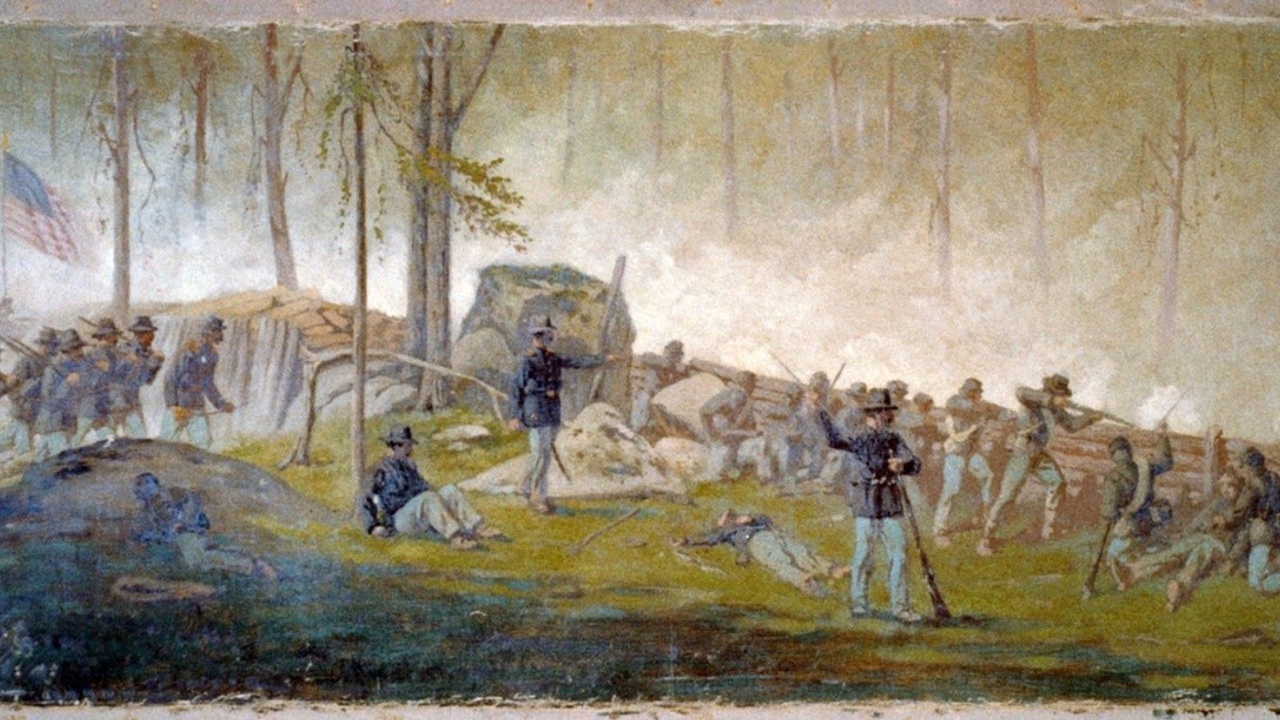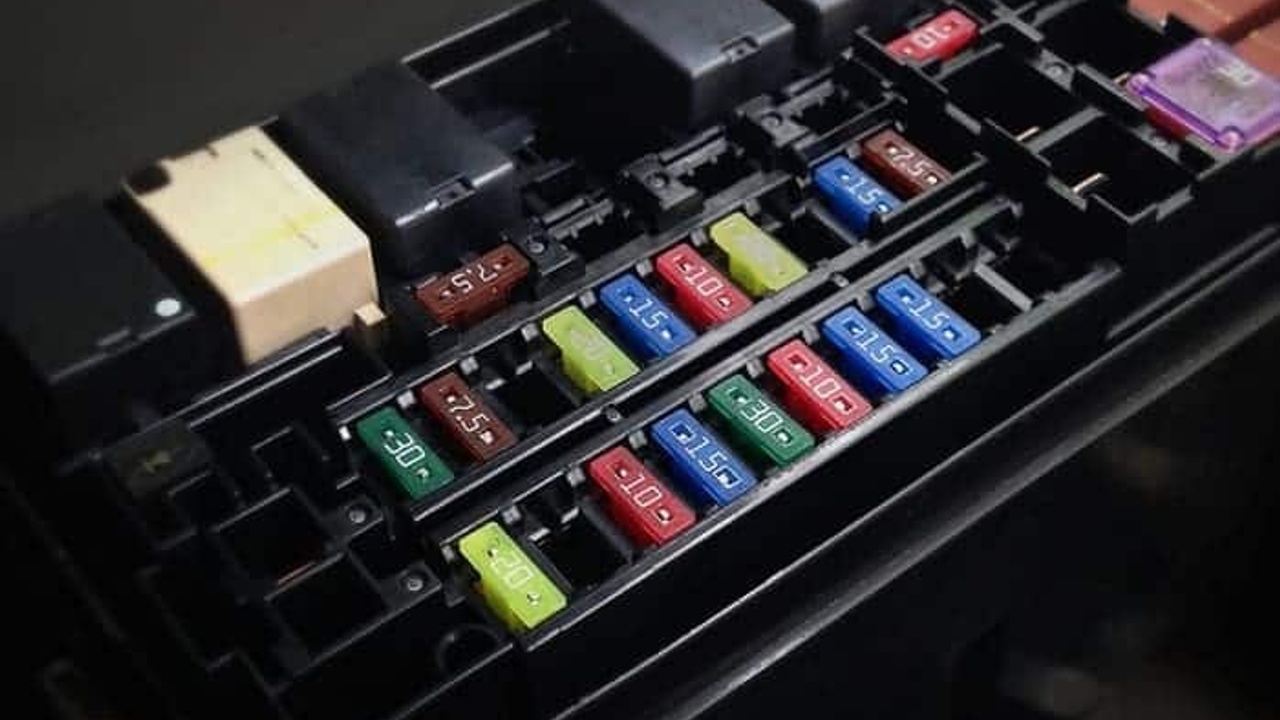
RP Backpacking Gear Guide Part I
It is camping and backpacking season! Many of you have expressed that you would like to grow in your outdoorsmenship. One simple way to get a jump on that is to just go outside and go backpacking. But that can feel overwhelming- the seemingly giant mountain of gear necessary keeps many away.
In this special edition series of posts, we'll lay out some of the strategies you can take, packing lists, and specific gear recommendations, including some of the gear we use.
In Part 1, we'll talk strategy and packing lists.
There are generally 3 schools of thought in backpacking. Old School, Ultralight, and the Average backpacker.
Old School:
Old school backpackers are the ones still using gear from 20+ years ago. Or maybe 30-50 years ago. You won't see many on the trail, but will still pull out an external frame backpack, huge sleeping bag, rolled up foam mat under or over their pack, etc. They might have a canvas tent, or might have opted for a new tent in the '90s. They might even have a cast iron frying pan with them. Oh, and a machete-sized hunting knife. Think Samwise Gamgee in the Lord of the Rings trilogy, except they won't forget the rope. We won't spend time making a packing list for this train of thought, as it is almost extinct. You might be able to find some old school gear at a thrift store or yard sale- which can make it super cheap, and probably worn out. One thing is for sure, the average old school pack weight is extremely high.
Ultralight:
As self proclaimed gram-weenies, the Ultralight crowd focuses on the lowest weight possible. These are the guys who take some saran wrap as a ground cloth and cut their toothbrushes in half to save half an ounce. They spend hundreds and thousands of dollars to cut a tiny bit of weight off their packs. They brag in facebook groups about their pack base weight being under 10 lbs. (Important term: Your pack base weight is the total weight of your pack without food and water- the only things that would be variable based on how long your trip is, how much you've eaten, etc.)
Why the focus on light weight? Because lighter weight for them means going farther, being less uncomfortable on the trail, and less wear on their bodies. As they are going farther faster, they see more. While many will poke fun at the ultra-lighters, its generally to make oneself feel better while carrying more weight and getting passed on the trail by a guy with a tiny pack going double your pace and smiling.
Ultralight backpackers are responsible for driving innovation for a lot of major companies, and responsible for a swath of startups in the backpacking gear world. Those innovations have driven pack weights down for all of us. And even if you aren't an ultralighter, there are some tips and techniques that can prove helpful for the average backpacker.
Ultralight packpacking has pros and cons. The pros have been mentioned-speed, distance, and less wear on your body. The cons can include sacrificing some durability of your gear, which means you have to be extra careful. You'll also likely sacrifice some comfort or convenience. Oh- and its not cheap. Ultralight gear utilizes space-age materials and technology, which often cost a lot of money. You'll see a lot of Dyneema (Cuben Fiber), Titanium, Carbon Fiber, etc.
Here is a typical Ultralight packing list:
(Notice that it also includes the weight of each item! We'll try to include the cost as well.)
Pack, Shelter, Sleep System:
Backpack:
Zpacks Arc Blast 55L. 19.9 oz. $375
Shelter:
Zpacks Duplex. 19 oz. $699
Sleeping pad:
Therm-a-Rest NeoAir XLite Sleeping Pad. 12 oz. $199
Sleeping bag/quilt:
Katabatic Gear Alsek 22* Quilt. 23.1 oz. $440
Clothing:
This does not include the clothing you are wearing!
Montbell Plasma 1000 Down Puffy. 8.4 oz. $439
Zpacks Ventum Wind Shell. 1.6 oz. $100
Smartwool Merino Gloves 2.47 oz. $40
(Base Layer: beanie, long johns, etc. Variable) Smart Wool 150
Cooking System:
BRS-3000T Stove. .88 oz. $17
TOAKS Light Titanium 550ml Pot. 2.6 oz. $30
Sea to Summit Alpha Light Spork - Long. .4oz. $11
if in bear country:
BearVault BV450. 33 oz. $77
Water Filtration and storage:
Sawyer Squeeze. 3.5oz. $47
Smartwater 1L Bottle. 1.5oz. $2
Technology:
iPhone 12 Mini. 4.8oz
Anker 313 Power Bank Slim 10,000mAh. 5.1 oz. $16
CableCreation 6" USB charging cable. .7 oz. $7
Garmin inReach mini. 3.5 oz. $350
Nitecore NU25 rechargeable headlamp. 1oz. $37
Extras:
PackTowl Ultralite. .56 oz. $16
Bic Mini Lighter .39oz. $8 (for a 5 pack)
First aid kit (variable, diy)
Toiletries (variable, diy)
BoglerCo Ultralight Backpacking Trowel 0.48 oz. $18
Gossamer Gear LT5 Trekking Poles. 9.8 oz $195
__________________________
Total weight: 154.68 oz (plus the variables) (thats only 9.67 lbs!)
Total Dollars: $3,123 (not including variables and the cell phone)
To be continued...next week we'll send out Part II, with a packing list/gear recommendations for the average backpacker.




